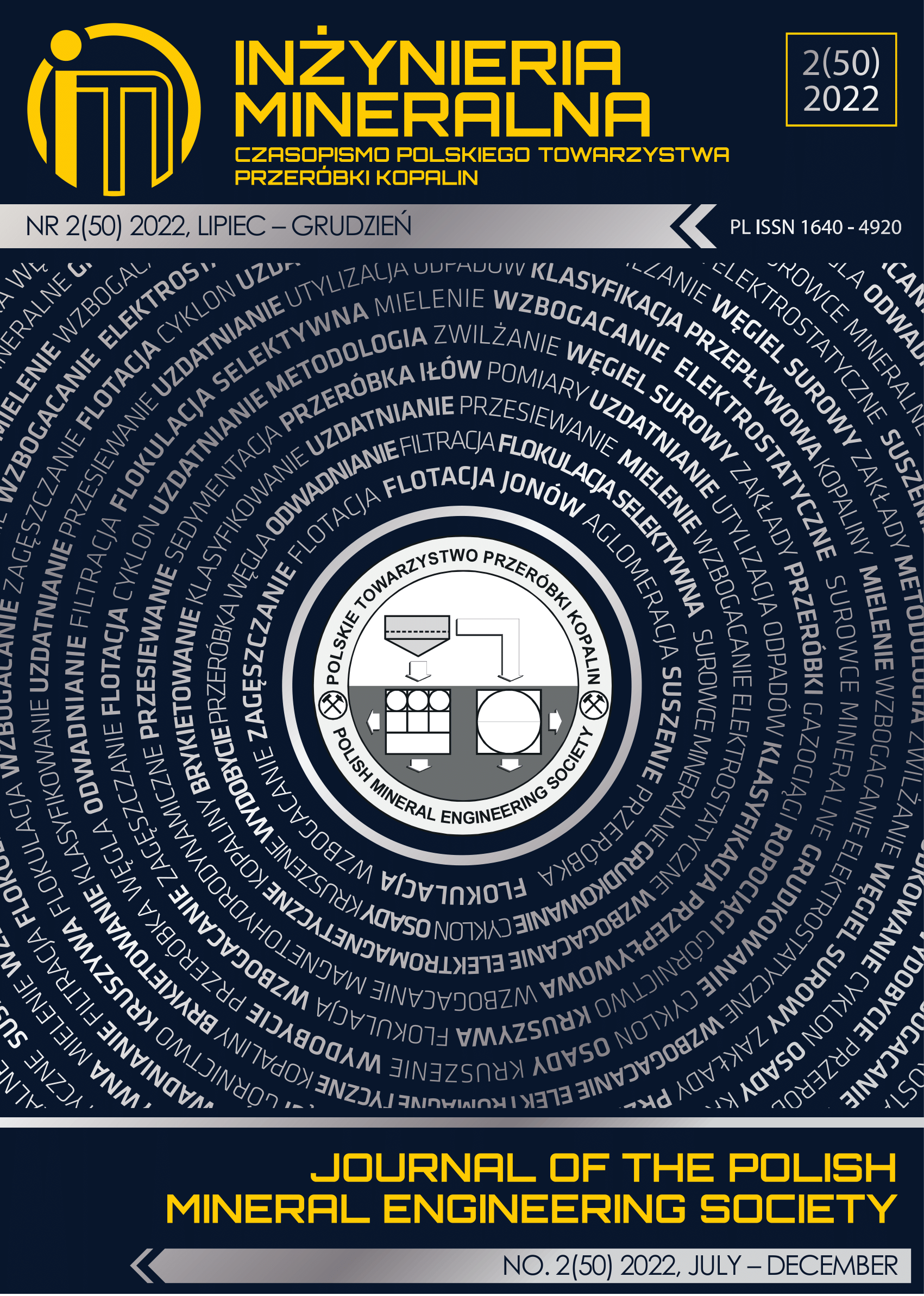The Role of Natural Succession in the Reclamation of Mining Waste Disposal Facilities
Abstract
The mining industry is related with the production of waste, which are generated during the preperatory works, exploitation and processing of minerals. The type and quantity of generated waste result directly from the type of obtained mineral raw material (minerals), geological conditions of the deposit and the mining and processing technologies used. The changing approach to waste related to the circular economy model means that more and more waste is used economically. However, due to the different physicochemical properties of mining waste and the limited possibilities of its use, some waste is still deposited in mining waste landfills. Depending on the type of mining waste deposited, environmental and economic aspects, the landfill may be a source of raw materials (anthropogenic deposit) that may be exploited now or in the future. Some of this type of mining waste landfills are reclaimed and may be an important elements of the local landscape, as well as positively affect biodiversity through the development of specific natural habitats. The paper presents the concept of landfill reclamation of waste from hard coal mining, taking into account the importance of the phenomenon of natural succession in the formation of ecosystems in reclaimed landfills.
This journal permits and encourages authors to post items submitted to the journal on personal websites or institutional repositories both prior to and after publication, while providing bibliographic details that credit, if applicable, its publication in this journal.







.png)
